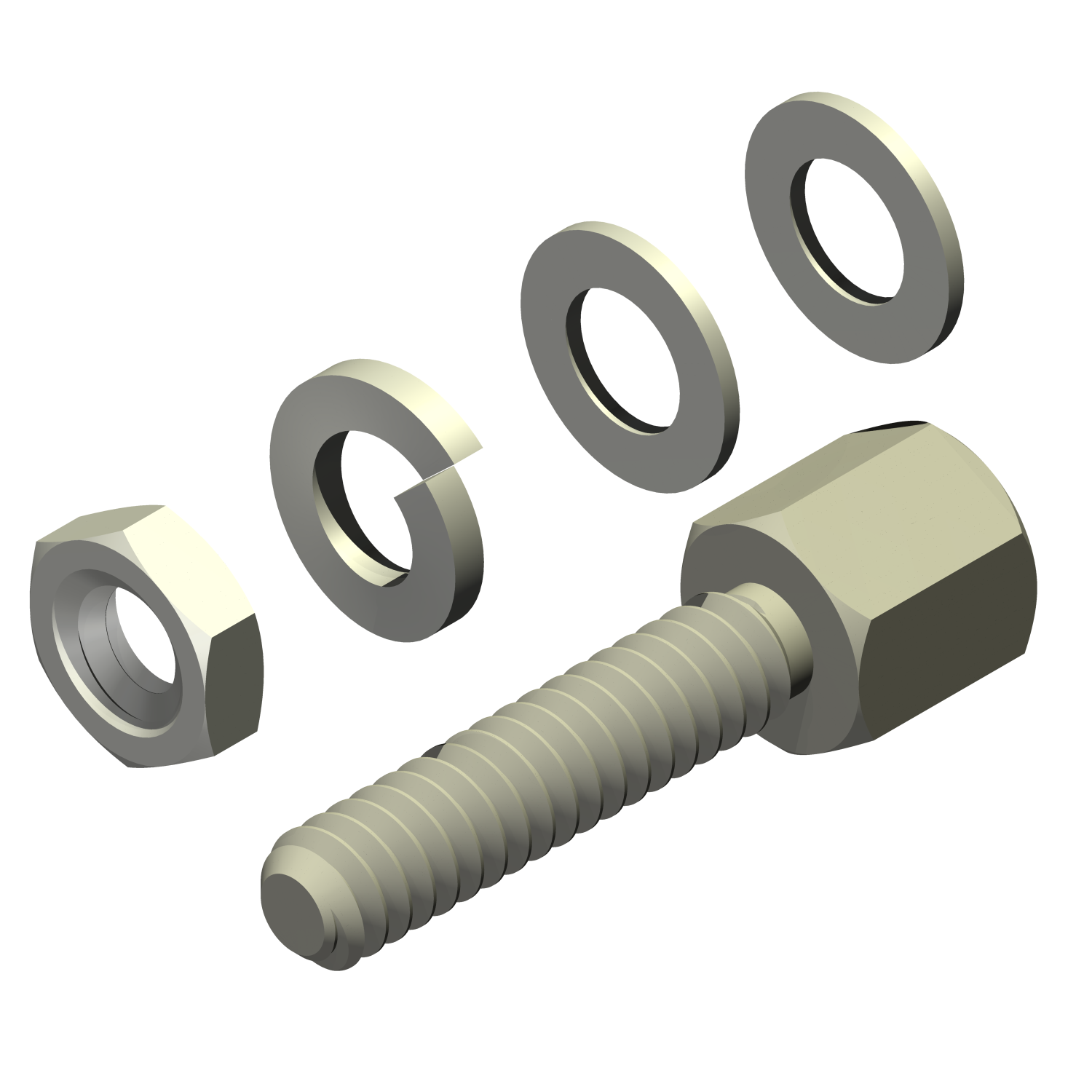
When it comes to electronic applications,the design and choice of hardware components can play a critical role in ensuring optimal performance and reliability. One such part that often goes overlooked for its controllable linear motion abilities and significant impact on electronics is the jack screw.
Jack Screws Defined
Jack screws are a type of screw that is designed specifically for use in electronic applications and are typically small and made from materials such as brass or stainless steel. They are constructed with a threaded shaft and a head that allows for easy tightening and loosening,but they also have a secondary threaded shaft that runs perpendicular to the main shaft. This secondary shaft is used to secure the jack screw in place and prevent it from rotating.
The threaded jack scews are,in fact,male-female fasteners that can serve a few purposes when used with D Subminiature Style Electrical Connectors:
- They create a locking system to maintain a secure connection.
- They align the connectors into their proper placement.
- They draw the two connectors together for a tight and proper fit.
- They reduce the potential of mated connectors coming loose during use.
- They reduce the strain being placed on the connector’s pins over time.
Applications: Where Jack Screws Are Used
Small components can have a big impact and jack screws can be an essential part of Building electronic devices. Here are 5 uses for jack screws:
- Board-to-Board Connections – Jack screws are commonly used to secure printed circuit boards (PCBs) to each other. This ensures that the boards remain aligned and in proper electrical contact with each other.
- Panel Mounting – Jack screws can be used to mount electronic panels or components to a chassis or enclosure. This provides a secure and stable mounting solution that can withstand vibration and shock.
- D-sub Connectors – Jack screws are often used to secure D-sub connectors,which are commonly found in computer and audio equipment. The jack screws help to ensure a secure and reliable connection between the connector and its mating port.
- Rack Mounting – Jack screws can be used to mount electronic equipment in server racks or other similar structures. This provides a secure and organized mounting solution that can be easily accessed and maintained.
- Cable management – Jack screws can be used to secure cables or cable management devices in place. This helps to prevent the cables from becoming loose or tangled,which can lead to poor performance or even failure.
Design Considerations
When designing electronic applications that will use jack screws,there are a few key considerations to keep in mind:
- Material: Jack screws can be made from a range of materials,but the choice of material will depend on the specific application. Brass or stainless steel are common choices due to their strength and corrosion resistance.
- Thread Size: The size of the jack screw’s threads will depend on the application and the components being joined. It’s important to choose a thread size that is compatible with both components to ensure a secure connection.
- Length: The length of the jack screw will depend on the thickness of the components being joined. It’s important to choose a jack screw that is long enough to provide a secure connection but not so long that it protrudes too far beyond the components.
Secure the Screwlocks You Need Here
Jack screws may seem like a small and insignificant component,but they play a critical role in ensuring the reliability and performance of electronic applications. By understanding their use cases and design considerations,engineers can choose the right jack screws for their applications and achieve optimal results. We at Lyn-Tron offer a wide variety of materials,platings,threads,and length combinations for your unique applications. From aluminum to stainless steel and brass to steel,our selection of jack screws provides for a range of electronic applications. We offer threads in both metric and standard inch sizes with Custom threads available when requested.
Explore our selection by using the link below: